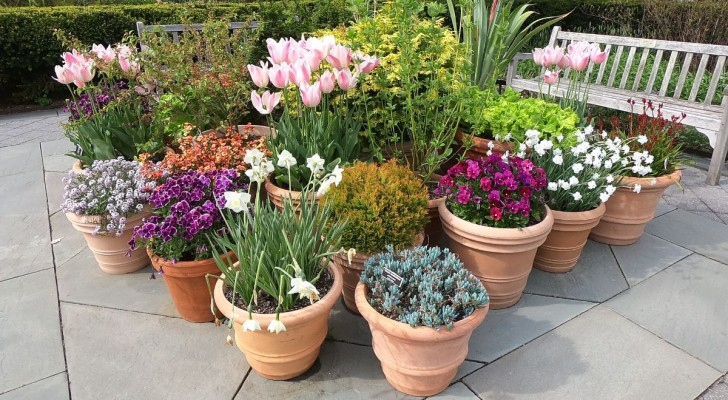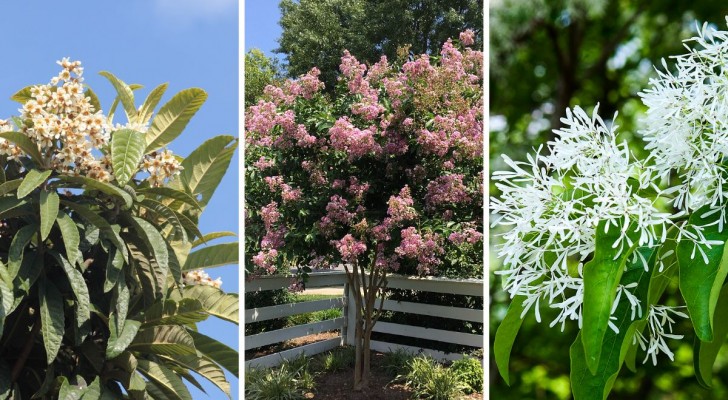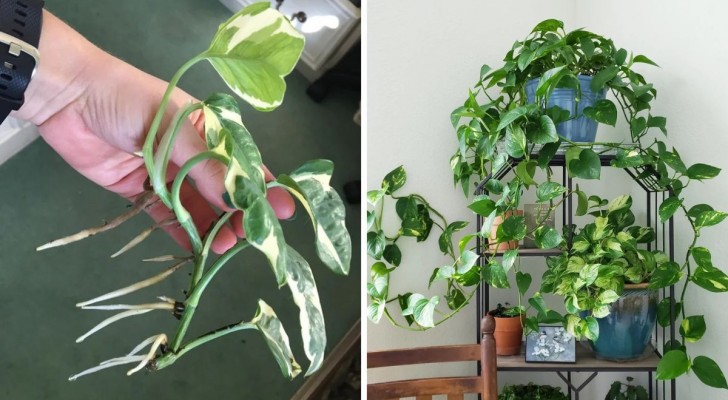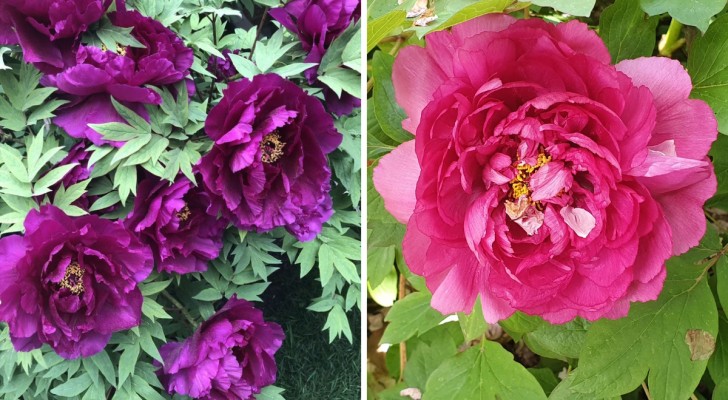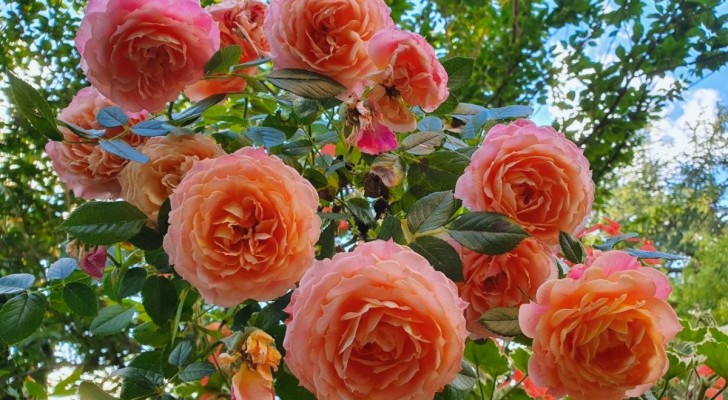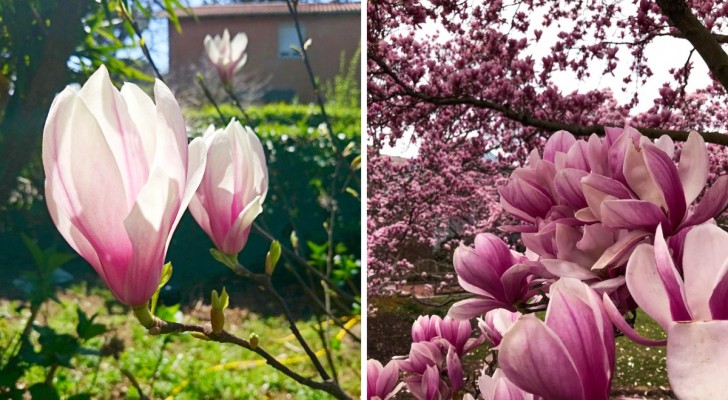Pruning lilacs: the top tips for getting lush plants
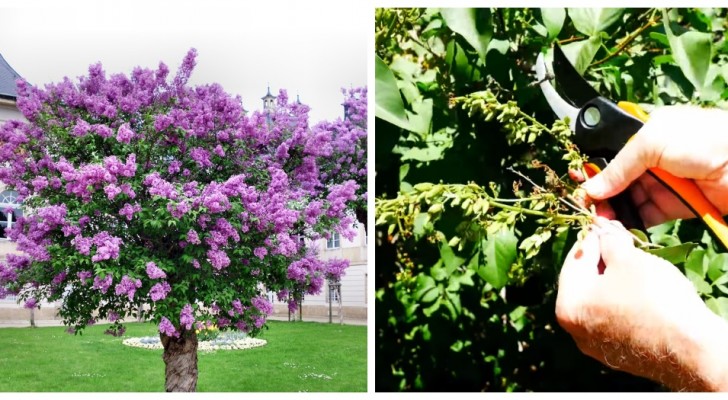
One of the necessary steps to take to take care of most of the plants we grow in our green areas is pruning: sometimes it is a matter of removing only a few dry flowers or twigs, sometimes we need to intervene more significantly to provide a more attractive shape to the foliage and/or to encourage the plant to focus on producing newer and stronger branches.
In the case of lilac - one of the plants that is always worth considering adding to one's garden - it will be necessary to prune the plant; depending on the situation, this could be a light or significant pruning task. Read on to find out how and when to do this:

Video tutorial via Gardener Scott/YouTube
- If the plant is still young, you need to wait: since the plants begin to flower when they are about 3 years old, and are more luxuriant from 5 to 8 years old, it is never necessary to prune them before this time. Indeed, it is preferable to let the plant grow freely - possibly removing only dead twigs or flowers that have withered away.
- When to prune? It is advisable to proceed with a pruning to "rejuvenate" the plant when it reaches a height of about two meters. In particular, pruning should be done at about two weeks after the end of their spring flowering. Not any later, because in the summer, the plants produce the buds that last for the winter and bloom the following year.
- If, on the other hand, it is time to intervene in a more significant way, and you don't want to have leaves growing in mid-season, you can also prune the plant at the end of winter - but this means having to wait until the spring of the following year (or even the one thereafter) to see the flowers bloom again.
How to prune lilacs:
Always use shears and loppers with very sharp blades, and disinfect them with 70% isopropyl alcohol or another similar disinfectant.
- Heavy pruning: cut off the oldest branches at the end of winter when there is no longer the risk of frost. They can also be shortened a lot: there are those who leave only 20 centimeters of the plant above the ground. This is to ensure that the plant is committed to growing only new branches - but it also means having to wait a year or two to see the plant blossom again. Therefore, it is better to limit yourself to removing only about a third of the oldest branches, and then do the same on the parts not pruned in the following two years, so as to have branches that continue to bloom.
- Light maintenance pruning: start by cutting off the end of the branch that bore the flowers, simply cutting it off cleanly just below the flower node. Then move on to check the health of the various branches. If you see dry / dead or damaged ones (or those affected by diseases or pests that you cannot treat), remove this part. Finally, check if at the base of the plant there are young and green shoots (they can be woody but should also be flexible) that have grown very quickly: these are the so-called suckers, or parts of the plant that do nothing but steal nutrients from the rest, and usually they do not produce flowers. These must be cut off at the base.
Great job!
